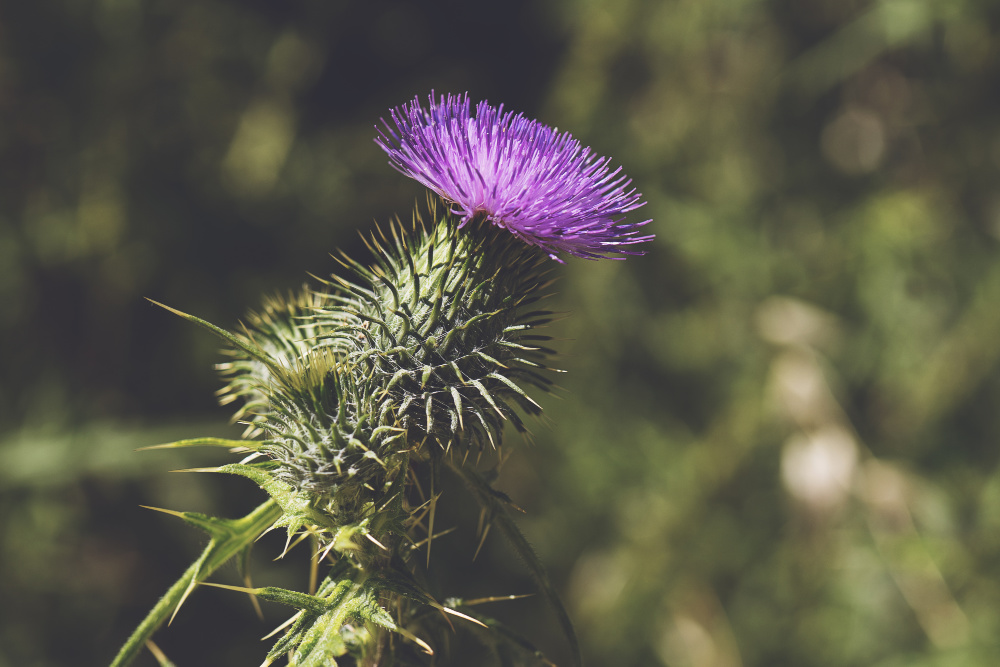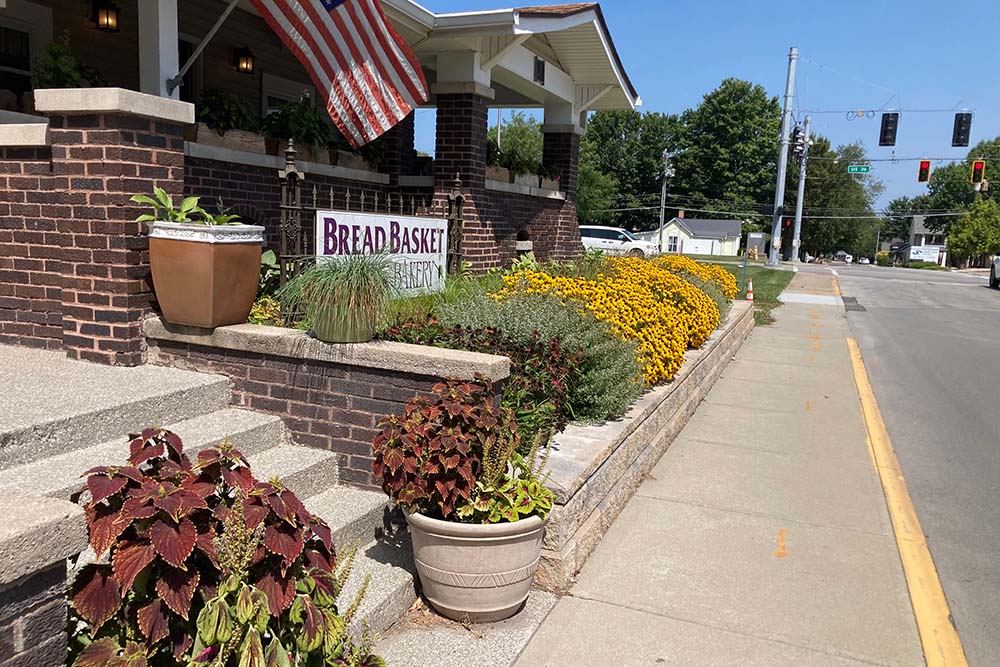Many invasive plants are weeds (a.k.a. undesirable in our landscape) or varieties that were put in many years ago before we knew they were invasive. The best way to stop the spread of these plants is to remove them before they go to seed or take root. We recommend beginning the spring season by prepping your beds well – weeding, mulching, and adding a preemergent if you want – making your landscape easier for you to maintain. Then spend 30 minutes a week throughout the growing season checking your landscape, pulling weeds as they pop up so they do not spread. Below we have provided some advice on how to manage common invasive plants we find here in Central Indiana. It is by no means a complete list, and we are working from the Department of Natural Resources’ and Indiana Wildlife Federation’s most recent lists. There are other plant varieties that will also try to take over your yard, but they are not on the lists yet.
https://www.in.gov/dnr/naturepreserve/6346.htm
https://www.indianawildlife.org/wildlife/invasive-plants/
Japanese Barberry
Did your eyebrows go up when you read this name? Japanese Barberry is very prevalent in our landscapes, yet it can spread like crazy if not maintained. If you have one in your landscape and it’s a problem, the best way to manage it is to dig it out. Be sure to take the entire plant, including its babies. If you are not having spreading issues and you are maintaining it appropriately, there is no need to remove it, but do know it is on the DNR list.
Garlic Mustard
This plant is considered a weed since it likes to take over areas we do not want it in, especially crop fields. If you see it, you will want to pull it out before it sets seed.
Tree of Heaven
This tree is no longer sold in this area, though we do find mature species in clients’ landscapes. It will drop seeds and spread, so if you do not want to cut it down, you will have to watch for and remove sprouts after seeding.
Canada Thistle/Bull Thistle
Oh the pain and suffering thistle brings to landscapes! The key to removing this invasive species from your yard is to dig it out as soon as you see it pop up. Once it fully takes root it is very difficult to remove. We have found that the only way to fully get rid of entrenched thistle is to hit it from a few angles. Spray it, pull it, chop it down, do whatever you can to keep this noxious plant at bay. The plant spreads by root runners and seed, so you can do damage to it by pulling it, but the root is left over and still making babies. We know a lot of you do not like to spray chemicals, but we believe there is a time and place for them, and as long as you are using proper application methods, you, your family and your landscape should be fine. Organics can work too, but be prepared to pay a premium.
Crownvetch
This groundcover used to be used to retain hillsides because it grows quickly. Unfortunately, it grows too well! We ran into a problem with this invasive species at one of our projects. It was so entrenched that we had to spray, pull, and even burn it to get it out. We succeeded in the end, but it was very hard. There are other ways to retain a hillside that do not harm the rest of your landscape. If you have Crownvetch in your landscape, it may be best to use a professional to help you remove it.
Burning Bush
The “Winged Burning Bush”, or Euonymus alatus, is a native to the Asian forests of China, Russia and Japan that has been introduced to our area. Unfortunately, it loves the Midwest too much and has become invasive. It has caused all sort of issues in our native forests as it chokes everything else out. There are other varieties that are not invasive and still add a nice size and look to your landscape. However, if you have the Winged variety, you should yank it out as it can spread to other parts of your neighborhood.
Winter Creeper
Winter Creeper is another type of type Euonymus, but is a ground cover. When it is allowed to take over it will ruin a forest. We have two clients who had lovely forest space behind their homes that became nothing but trees and winter creeper – nothing else could grow. This plant is very difficult to remove; it is hard dig out and you must dig it out. It can be sprayed, but you would have to use so much that it is probably not a good idea. This very tenacious plant does its job of growing wonderfully, but often at the expense of other habitats. English ivy, ground ivy, and Vinca minor and major are other invasive ground covers to watch closely if they are in your landscape.
Common Daylily
Hemerocallis fulva has taken to the states wonderfully and is often found along roadsides in Indiana – you may know it as Tiger Lily. They are pretty, but please do not plant them. They spread like crazy through seed. There are so many other varieties of daylily that are better for the landscape.
Others Invasive Plants of Note:
Common Privet – Homeowners still use this bush in landscapes, but it can take over so if you do, keep an eye on it.
Honeysuckle – Possibly the worst invasive species in our local forests.
White Clover – These weeds love to pop up in your landscape or lawn.
Chinese Wisteria – While this plant is beautiful, it loves to take over. If you want it in your landscape be prepared for constant maintenance to keep it under control.
Giant Hogweed – This plant has not made it to our area yet, but it is in Northern Indiana and is making its way south. It is dangerous because it is covered in a sap that makes you hypersensitive to the sun, which can lead to severe burns. Also, if you get it in your eyes, it can blind you.
The key to responsible landscaping is to keep what spreads under control. Plants require management and maintenance to keep them healthy and looking good, but also to contribute to a healthy flora and fauna environment. If you see an invasive species in your landscape, yank it before it sets to seed or grows deep roots. If it is out of control, call a professional. Questions about your landscape? Send us an email or give us a call at (317) 997-4803.






